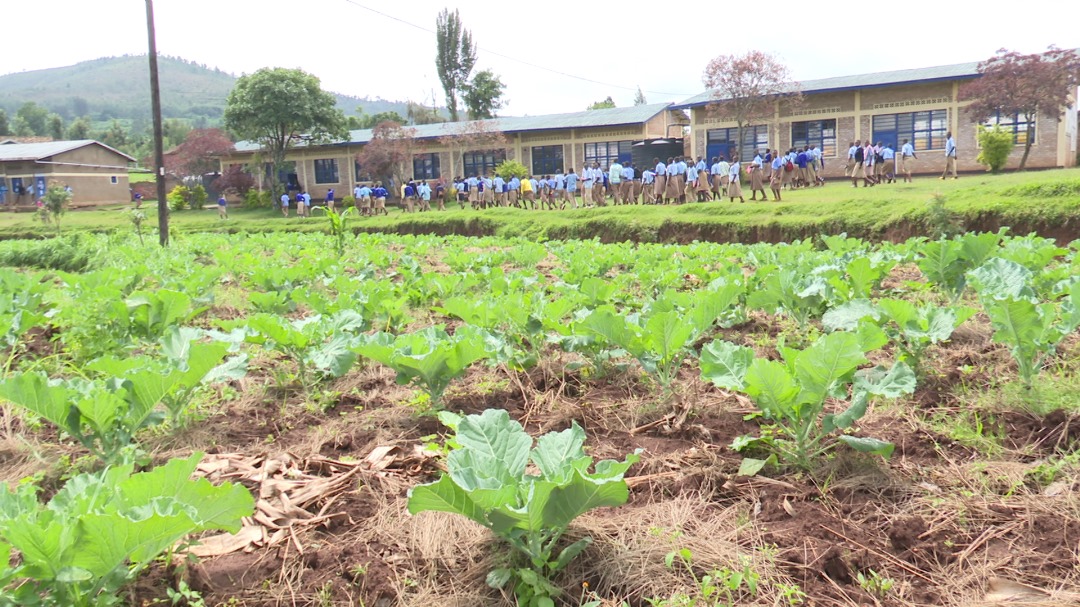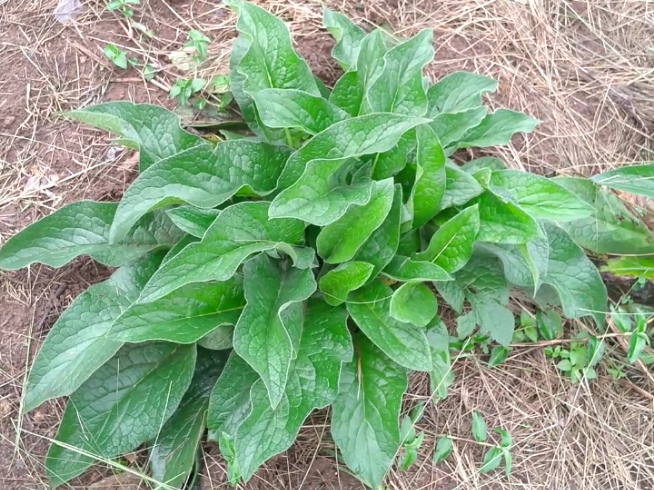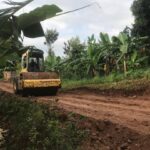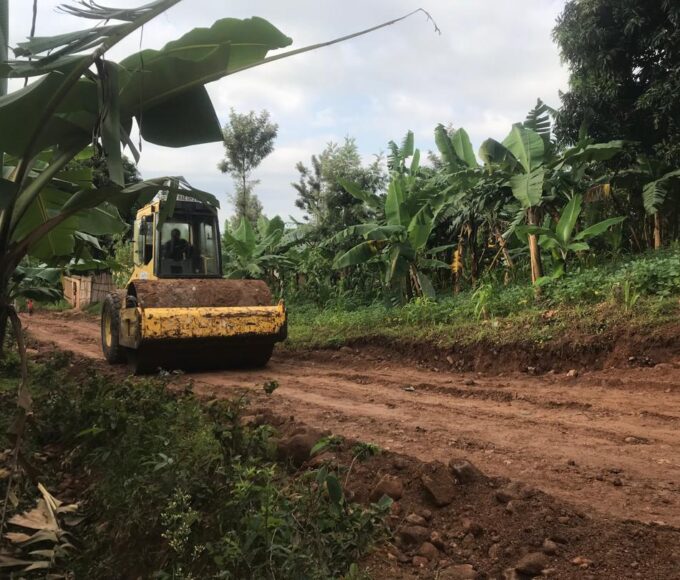Cultivating Change: Transformative Impact of School Farming in the Rwanda School Feeding Program

In recent years, the integration of agricultural practices within educational institutions has gained traction as a viable solution to address food insecurity and enhance the overall learning environment for students.
Ninahazimana Telespore, the Headmaster of Nyamirama Secondary School, exemplifies this approach through his commitment to cultivating food crops on school grounds. His insights illuminate the multifaceted benefits of school farming, not only for the students but also for the institution’s financial sustainability.
Telespore asserts that growing food crops significantly complements the school feeding program, ultimately allowing the institution to reduce its reliance on supplementary food purchased from the government. He explains, “Farming at school is a good and important thing. When I took over at Nyamirama School, I started with the aim of having vegetables. However, we began farming, and the contractor we paid 12 million to supplied us with perishable food, but now we pay him between 3 or 4 million when necessary, especially during the dry seasons. We harvest everything else from the school land.”

This shift from dependence on external suppliers to self-sufficiency has not only eased financial burdens but also enhanced the quality of food available to students. Telespore elaborates on the financial implications of this transition, stating, “In good seasons, during a three-month period, we pay him 3.5 or 4 million. Before we started farming, we were paying 12 or 11 million in three months.” These figures highlight a significant reduction in costs, allowing the school to allocate funds towards other essential educational resources.
Despite the clear advantages of school farming, Telespore acknowledges that not all schools have the luxury of land to cultivate crops. He notes, “Some challenges that some schools face include not having land to farm, but for those with fields, farming is very beneficial.” The geographical location of schools plays a crucial role in determining their ability to engage in agricultural practices. However, Telespore encourages schools to embrace the potential of farming, stating, “It may be difficult to start, but once the fields are established, you find it’s not much of a problem.”
The benefits of school farming extend beyond financial savings. Telespore firmly believes that cultivating their own food positively influences the learning experiences of students and the teaching practices of educators. He states, “School feeding is a good program for the school; it helps children to have a variety of vegetables in sufficient amounts because we grow them. We also grow sweet potatoes and other tubers, depending on the season and what we choose to plant.” This variety not only enriches the students’ diets but also fosters an appreciation for agriculture and healthy eating habits.

Moreover, Telespore emphasizes the superior quality of the food produced on school grounds compared to what is typically purchased from external sources. He explains, “You can see the quality; the first thing I would say is that what comes from the field to the pot has no issues at all, such as being exposed to the sun or traveling long distances that could compromise freshness.” This assurance of quality is crucial in promoting the health and well-being of students, who are the primary beneficiaries of these initiatives.
Telespore’s insights into the farming practices at Nyamirama Secondary School underscore the transformative potential of integrating agriculture within educational settings. By growing their own food, schools can significantly reduce costs, enhance the quality of meals provided to students, and instill valuable lessons about sustainability and healthy living. As more schools consider adopting similar programs, the ripple effects could lead to a healthier, more educated generation that values the importance of food security and environmental stewardship. The journey may be challenging, but as Telespore aptly notes, the rewards of cultivating knowledge alongside crops are well worth the effort.

Trending Now
Hot Topics
Related Articles
Kivu Beach Festival Triggers Urgent Economic Development Push in Rutsiro
Preparations for the 2025 Kivu Beach Expo & Festival have become a...
COP30 Raised Ambition on Adaptation Finance Yet Africa’s 150 Billion Dollar Gap Tells a Different Story
COP30 in Belém was billed as the moment the world would finally...
Rwanda Launches Updated Climate Action Plan to Boost Resilience and Cut Emissions by 2035
Rwanda has unveiled a strengthened national climate strategy with the release of...
A Climate Crossroads: 2025 Set to Be the 2nd or 3rd Warmest Year on Record
As global leaders meet at COP30 in Belém, a new update from...














Leave a comment